|
Belize, a small Central American gem, beckons travelers with its pristine beaches, lush jungles, and rich cultural tapestry. As we mentioned in our last post, our Christmas present to ourselves was a six-night vacation in beautiful Belize. Having traveled in Central America before, we had a general idea of what to expect. Read more to see how to spend 6 relaxing days in Belize.After landing at Philip S. W. Goldson Airport just outside Belize City, we hired a taxi driver to take us into the city. Driving along the highway along the Belize River and then through the city, we noticed similarities in this landscape and that of Mexico, Honduras, and Panama. Belize is known for its scuba diving and archaeological sites, but that wasn't what we came for. One of the main reasons we chose Belize was to have the opportunity to photograph Black Howler Monkeys and some of the numerous birds of Central America. So rather than take you on a play-by-play of our stay, we will focus on the birds, reptiles, and mammals we saw, along with a few of our Belize travel tips. We spent our first night right there in Belize City. While wandering the streets, we looked up and saw what appeared at first to be three kites shaped like birds in the sky. After a closer look, we realized those were live birds just riding the sea breezes from the Caribbean. We snapped a few photos and then stopped the first local we saw to ask what they were. "Oh, yes, miss, dey be frigates and swifts, miss." Frigates and swifts they were, and soon their number had grown to over a dozen, hovering over the buildings, enjoying the breeze. While on the coast, we also saw seagulls, pigeons (they are EVERYWHERE, amiright?), a couple pelicans (our favorite), and other smaller birds. Cost of travel within Belize is inexpensive, particularly public transportation. I had read that there is a bus that goes from Belize City to Bermudian Landing, so we called ahead and confirmed. The bus leaves at noon six days a week (They do not run on Sunday.). The cost is just 3 Belize dollars, or $1.50 US. Tip #1: One Belize dollar is worth exactly half one US dollar. Most stores, restaurants, and cab drivers will accept US currency, but many will not have change if you are using large US bills. Carry small bills and convert some of it to Belize currency when you can. The highlight of our trip to Belize was definitely the opportunity we had to see and photograph Howler Monkeys in their natural habitat. Marching through the dense jungle, we had the great delight to see not one, but TWO troops of monkeys - one while we were touring the sanctuary with a guide and the other while we were wandering the grounds of the AirBNB where we stayed. Neither family was terribly bothered by our presence. The howlers at the sanctuary are used to seeing people roaming around and, with the help of the guide who called them down from the trees, we were able to get quite close to them. In addition to the monkeys, we also saw a large iguana sunning himself in a tree. When they don't feel threatened, iguanas are so chill. But when they do feel threatened, they are lightning fast! This one knew we would not bother him and he posed nicely for the camera. "Don't say 'cheese;' say 'Belize!'" Later that day, as we were walking down the path from the dirt road to the cottage we stayed in, Marvin spotted the alpha male of the second troop sitting high in a tree. We turned the other way and I noticed a second monkey lounging in a tree a bit closer. Then we noticed three more - an adult female and two youngsters - making their way across the branches overhead. Then two more showed themselves as they played "tag" through the trees. Watching these seven family members, sleeping, playing, eating, and enjoying the sunshine and cool breeze, we were in awe. This is how these animals were meant to be seen. They were relaxed, at home in their rainforest, with not a care in the world. Every morning that we stayed in Belize, regardless of where we were, we awoke to the beautiful cacophony of bird calls. As we walked the grounds of our temporary home and the roads around Bermudian Landing, binoculars ready for bird watching, we saw dozens of beautiful birds in every color of the rainbow. Though we heard parrots - loudly and often - we caught only a quick glimpse of them through the trees. We heard an owl, saw a roadside hawk, snapped several photos of a cute little vermilion flycatcher and a tropical mockingbird, and watched several woodpeckers doing their best to peck their way through an electric pole. A juvenile white-eyed vireo posed for me early one morning as I took a morning stroll. Several great white egrets gathered at the top of a couple of pine trees and let me take their pictures as well. A turkey startled me as he flew cumbersomely out of a tree. And later that day we spotted a great kiskadee sittin' pretty on a telephone wire. On a sad note, we were hoping to see a blue-crowned motmot, a toucan, and a macaw, but we not fortunate enough to have that pleasure. Better luck next time! Since we were in rural Belize at the time, we also saw a number of farm animals - something we don't see many of in Houston - and a couple agoutis, large rodents whose personalities remind me of squirrels. From Bermudian Landing, we went back to Belize City to catch the ferry up to Caye Caulker for the last leg of our journey in Belize. Tip #2: The Belize Express Water Taxi runs daily from the ferry terminal in Belize City to Caye Caulker and San Pedro. You do need to make reservations at least half an hour before departure, and you need to arrive at least 15 minutes before departure. Tip #3: If you sit in the back of the boat, be prepared to get wet. On our trip to Caye Caulker, the boat was not full and we received only a light drizzle in exchange for some fun photos. During our trip back to Belize City, the boat was maxed out, and by the time we were halfway to Belize City, we were drenched from head to toe. Tip #4: We never had concerns about travel safety while in Belize. The bus drivers were friendly and experienced. The ferry operators offered suggestions on the best places to sit and whether we could expect calm seas or choppy waves. Taxi drivers gladly played the parts of both driver and tour guide. In Caye Caulker, a small island in the Caribbean Sea, and during our day trip to San Pedro on Ambergris Caye, we saw many of the same sea birds - pelicans, seagulls, frigates, and swifts. Pigeons have found their way to the islands as well (seriously - they are EVERWHERE, right?). Tip #5: Though Ambergris Caye is the more popular of the islands and features more of the main attractions, Caye Caulker is a great place to relax and really experience the slow motion feel of Caribbean culture. Tip #6: If you are interested in diving tours, visit Anda de Wata Tours in Caye Caulker for snorkeling, as well as island tubing. We also ran across this pretty little chicken. After six wonderful, relaxing days in Belize, it was time to work our way back to the US via ferry, taxi, and plane. Tip #7: The Best time to visit Belize is late November or in February, as peak season is December to January and March to April, and June through mid-November is the rainy season. A visit to Belize offers a remarkable blend of natural beauty, adventure, and cultural immersion. Belize features diverse landscapes, warm Caribbean hospitality, and rich history, set against the backdrop of a tropical paradise. Though we didn't have a chance to see any of the Mayan ruins or visit the Belize Zoo this time, we will definitely return to see more of this small country in Latin America. You May Also Like:
0 Comments
Leave a Reply. |
Welcome to exquisit
|









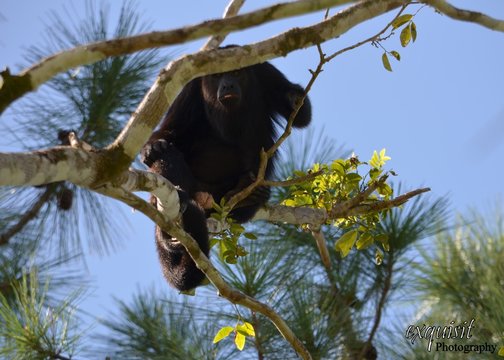















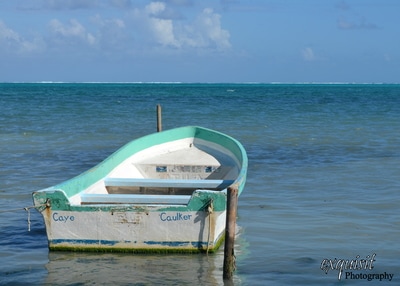

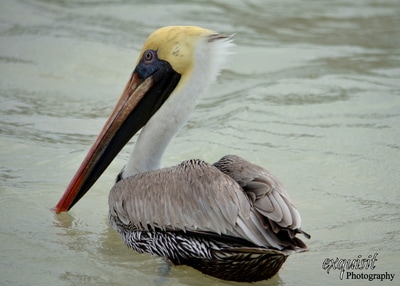
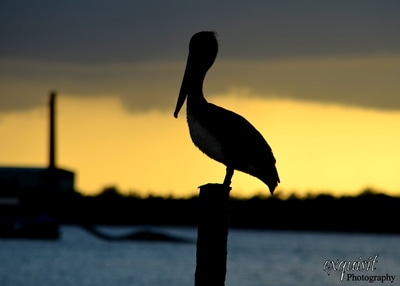
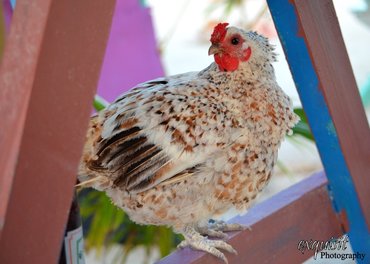





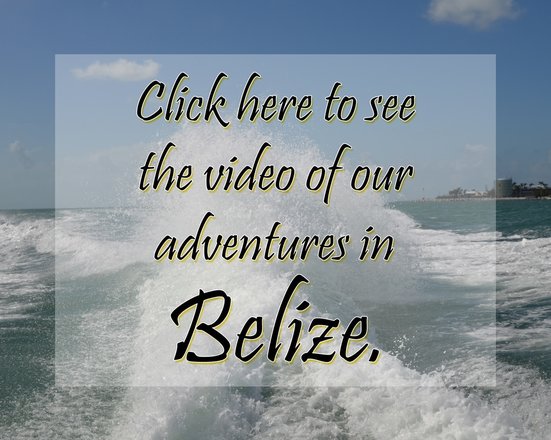

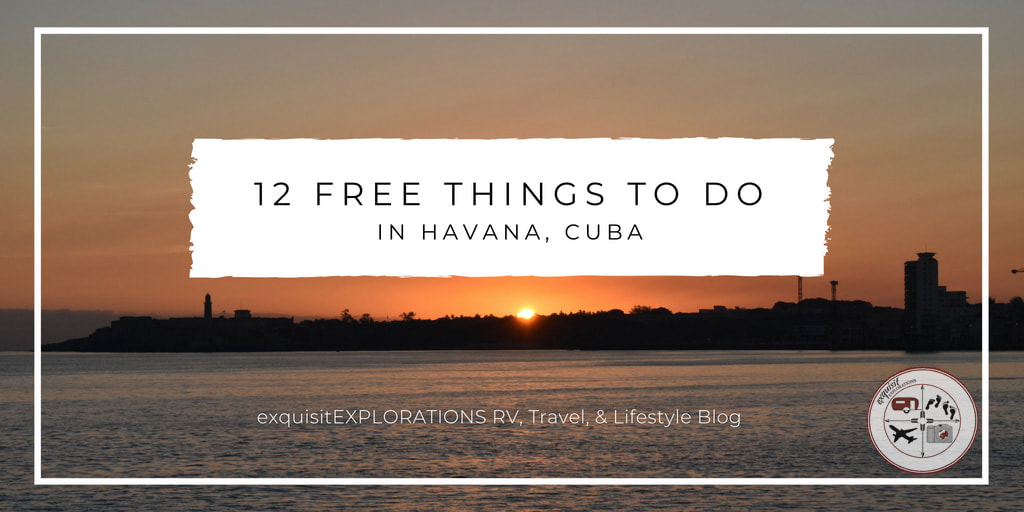




 RSS Feed
RSS Feed
